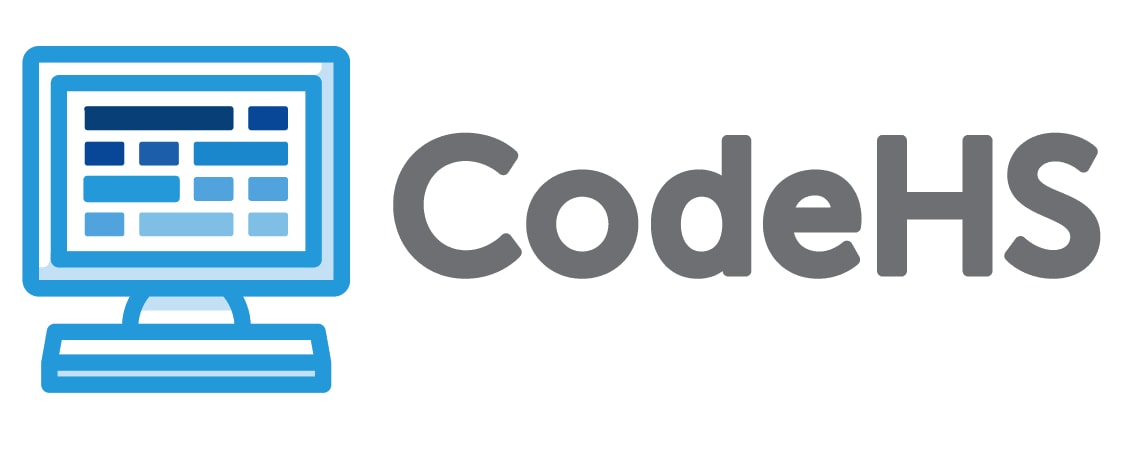The Computing Ideas course is a first year computer science course introducing the basics of programming with Karel the Dog, the basics of designing a web page, and how information is represented digitally and sent over the Internet. Students will learn to code using blocks to drag and drop, but they can switch between blocks and text as desired. Students will create a personal portfolio website showing projects they build throughout the course. With a unique focus on creativity, problem solving and project based learning, Computing Ideas gives students the opportunity to explore several important topics of computing using their own ideas and creativity to develop an interest in computer science that will foster further endeavors in the field.


